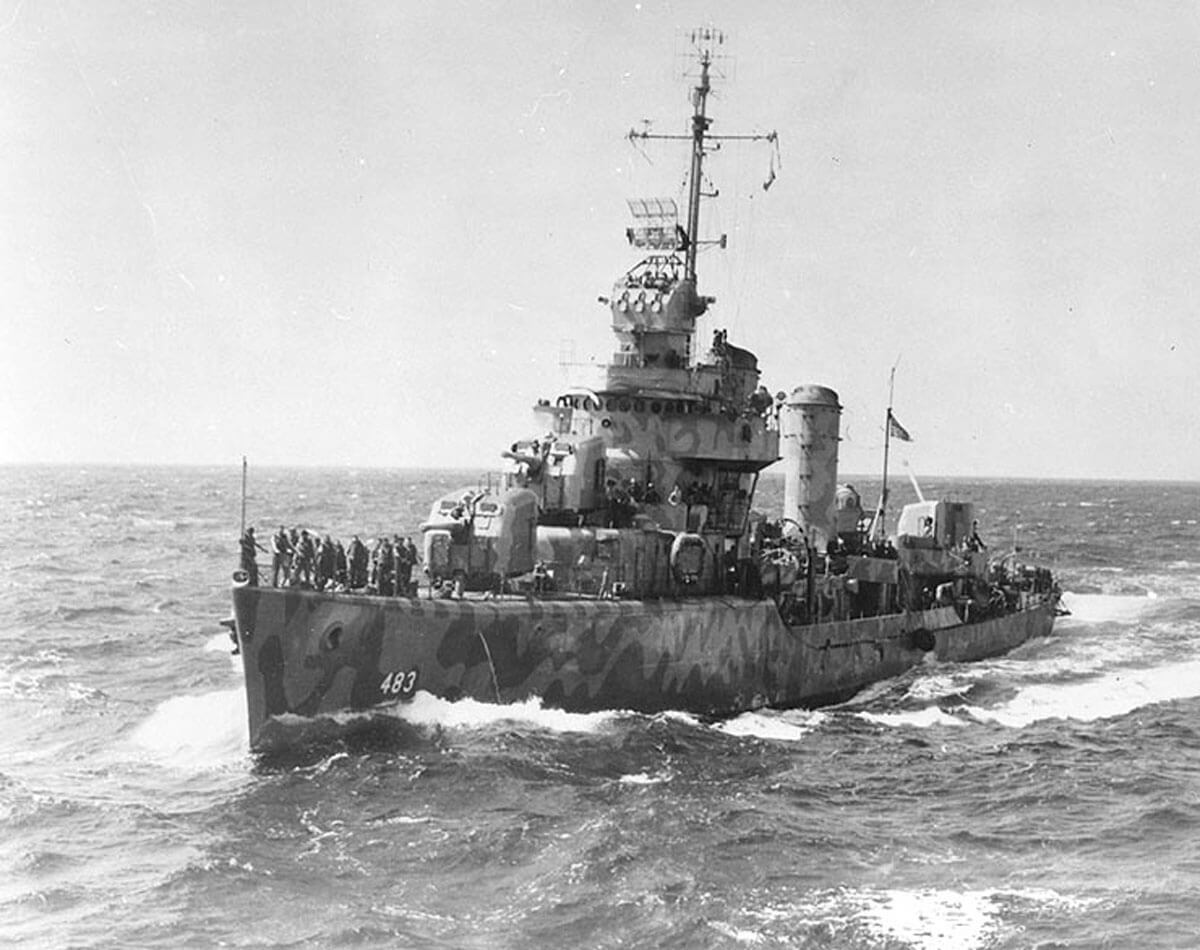Asbestos Exposure on the USS Aaron Ward (DD-483)

Hull Number: DD-483
Type: Destroyer
Class: Gleaves
Built: Kearny Point, NJ
This Gleaves-class destroyer was built during World War II by the Federal Shipbuilding and Drydock Company of New Jersey. It was commissioned by the U.S. Navy in March of 1942, and joined the Pacific Fleet soon thereafter.
Measuring 348 feet from bow to stern, the Aaron Ward held a complement of 208 officers and men. The ship earned four battle stars during its service, but was sunk during the Japanese assault known as Operation I-Go, on April 7, 1943.
Sailors who served aboard the USS Aaron Ward were likely exposed to asbestos during the course of their typical work routine. Navy ships built prior to the mid-1970’s, and in some cases beyond, used asbestos in much of the equipment that the sailors on board were required to interact with, including boilers, turbines, pumps, valves, and electrical components.
Materials such as gaskets and packing were also often made from asbestos. The boiler and engine spaces on Navy ships were especially dangerous areas, as these typically held a higher-than-average concentration of asbestos equipment.
The companies who sold these asbestos products to the Navy were often aware of how dangerous their products could be, but did nothing to warn those who served on the USS Aaron Ward or its contemporaries.
Asbestos victims who have developed to mesothelioma or other asbestos-related illnesses have a right to seek compensation.
Victims may recoup medical expenses in whole or part, and additional sums for pain and suffering may be provided. The law limits time in which legal action can be undertaken however, so it is important to seek counsel soon after receiving a diagnosis.
